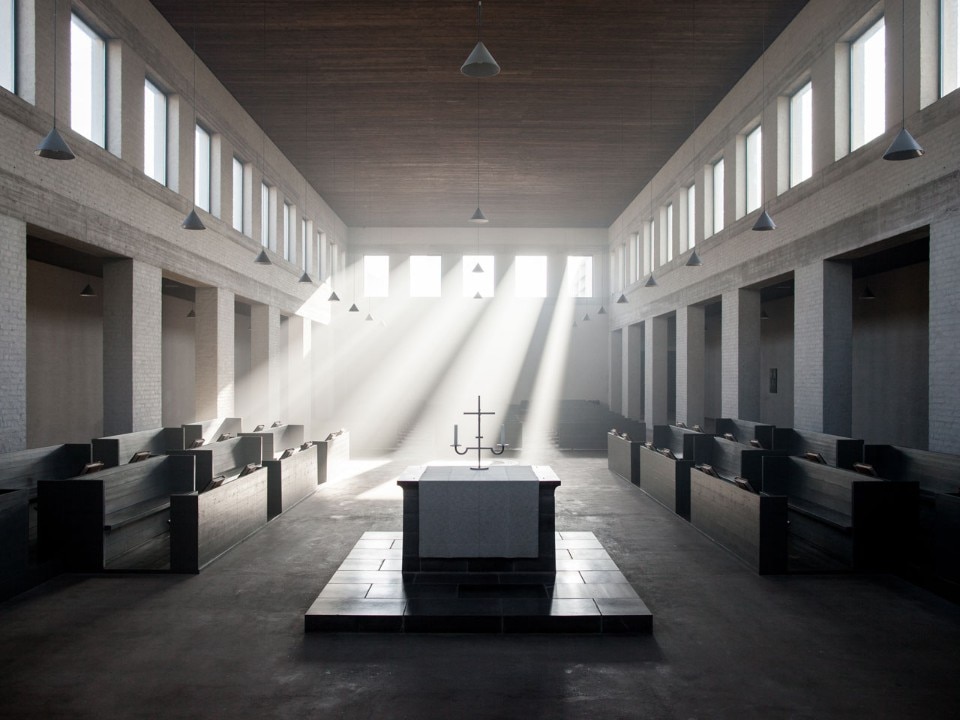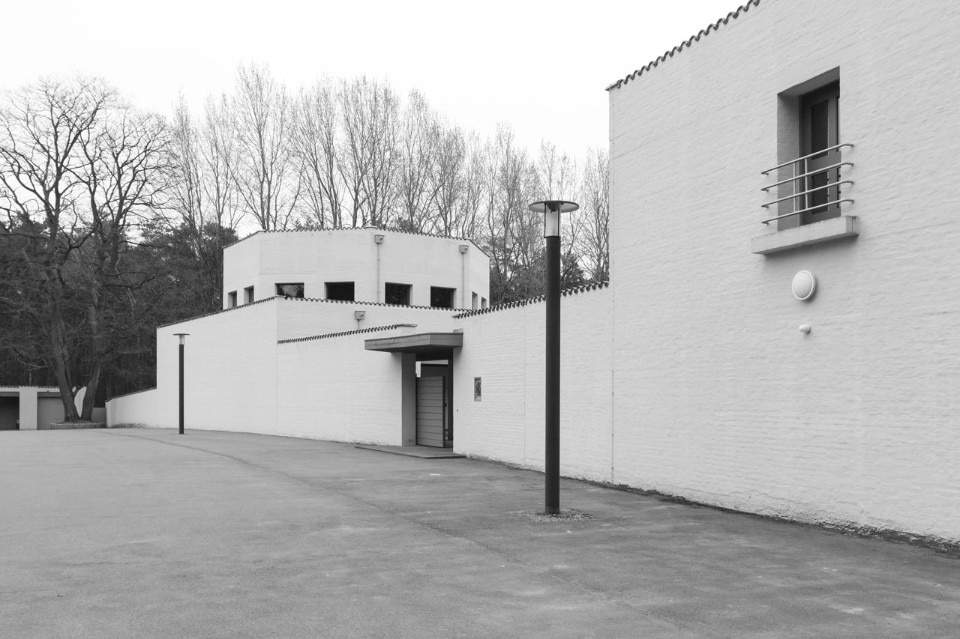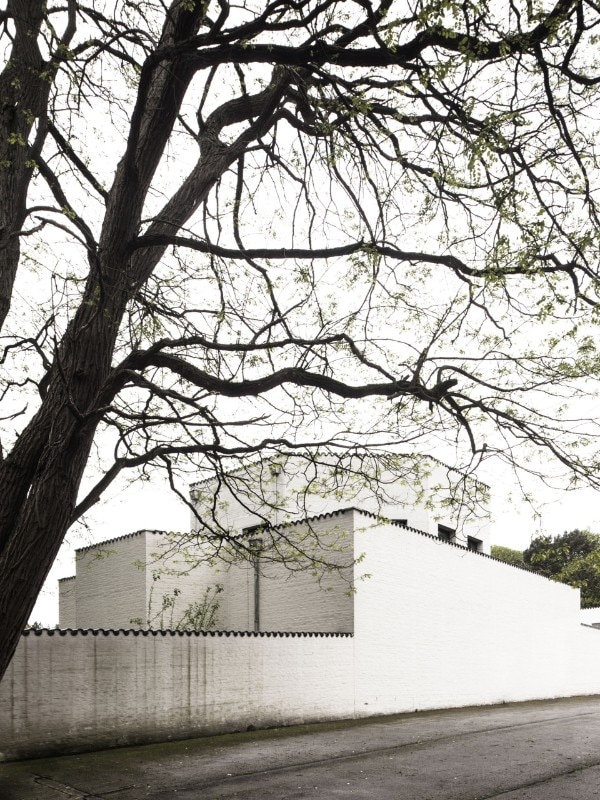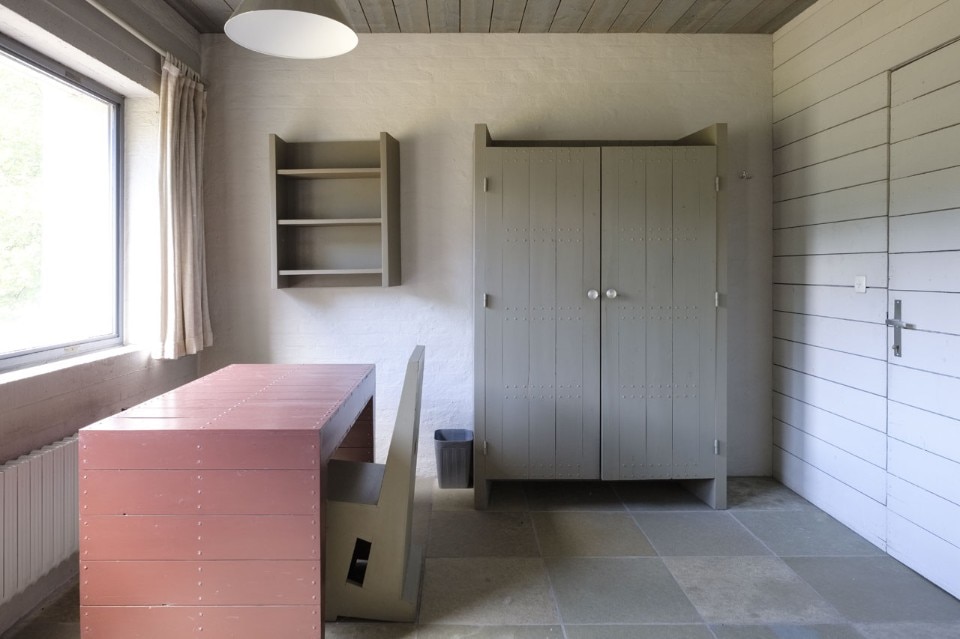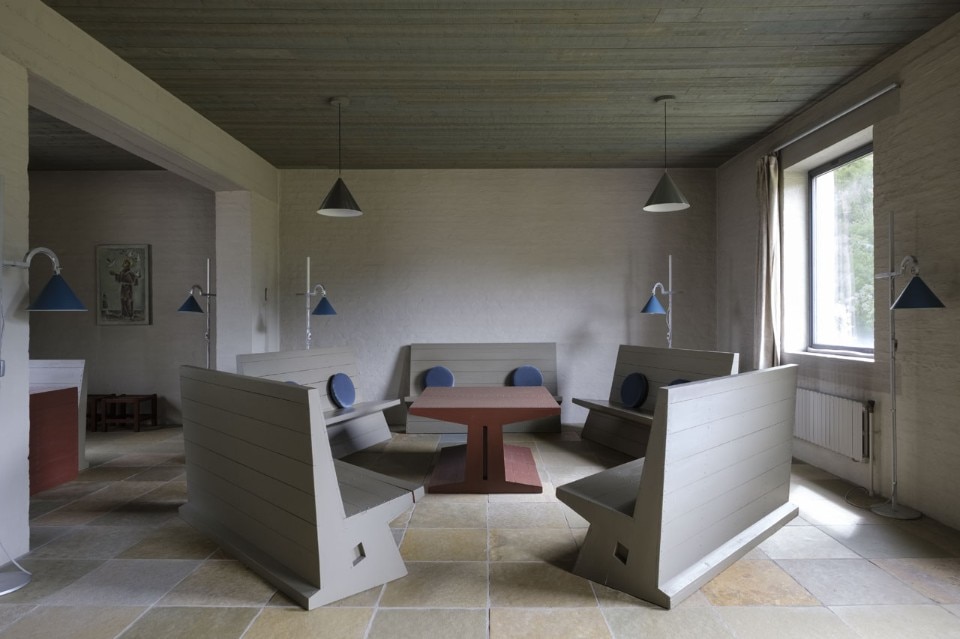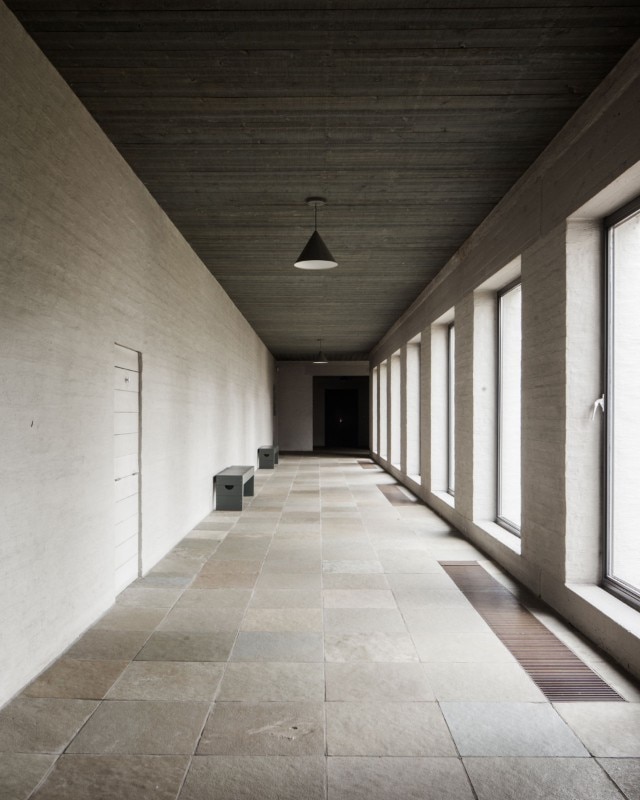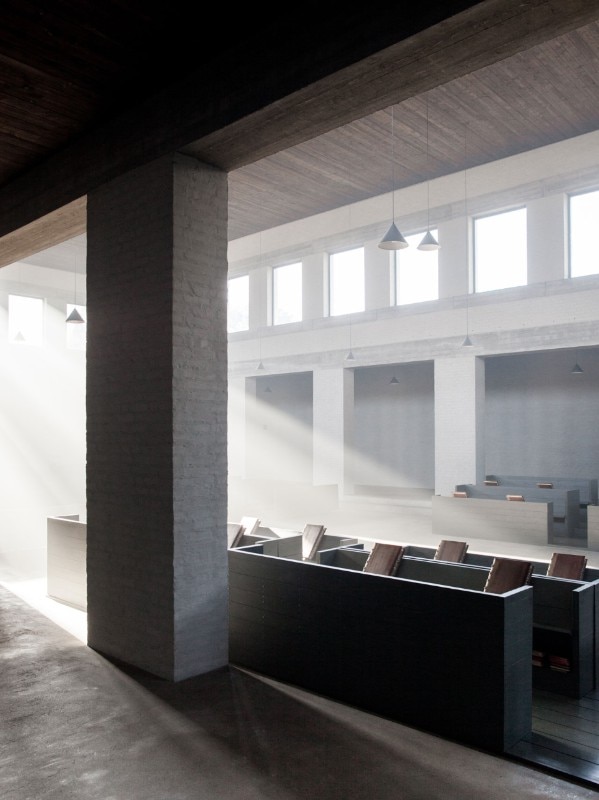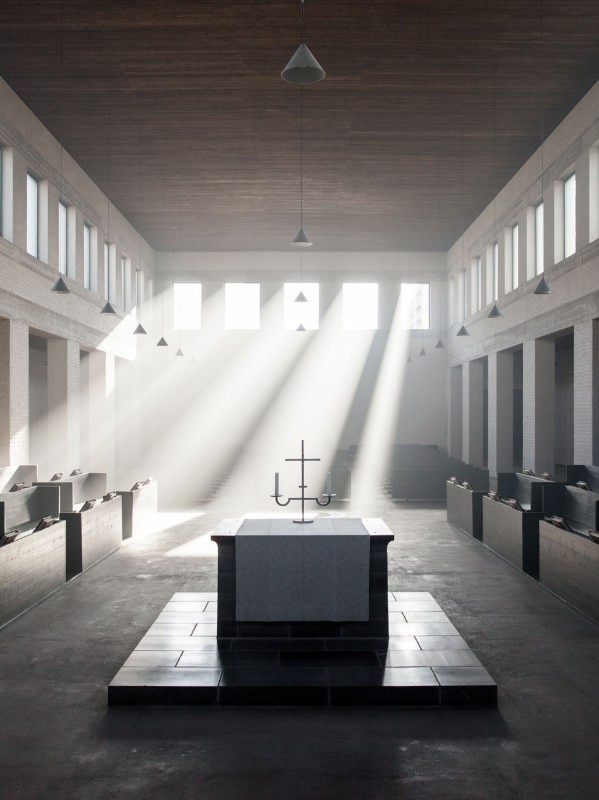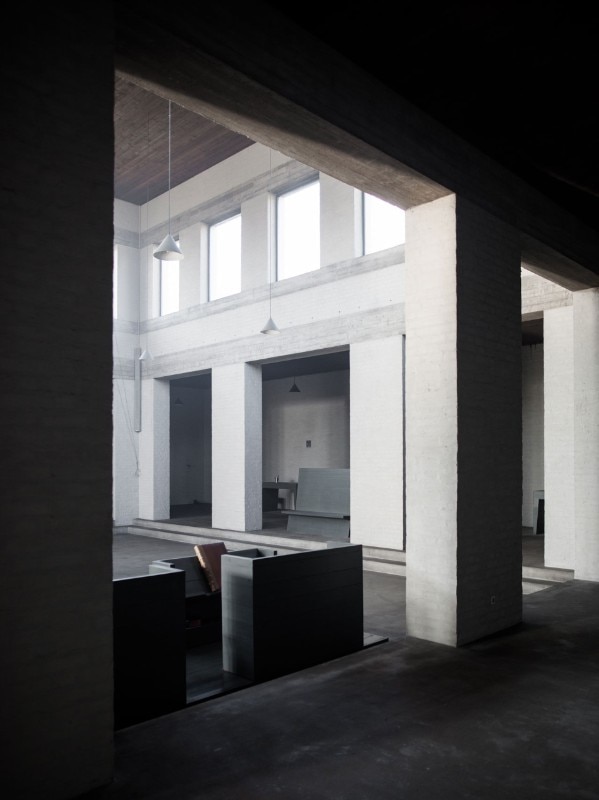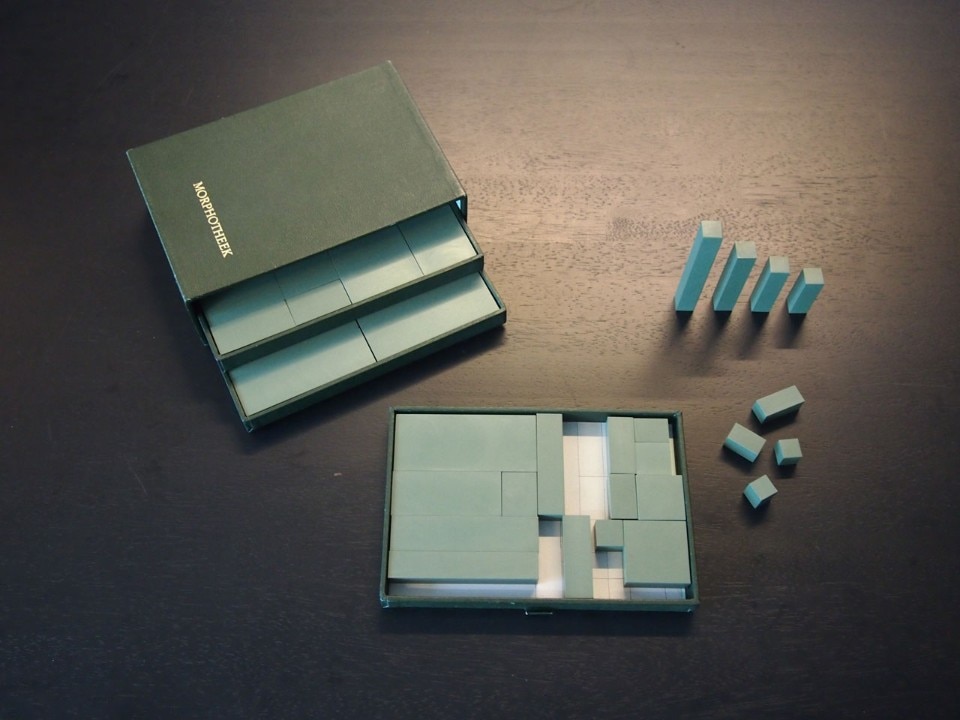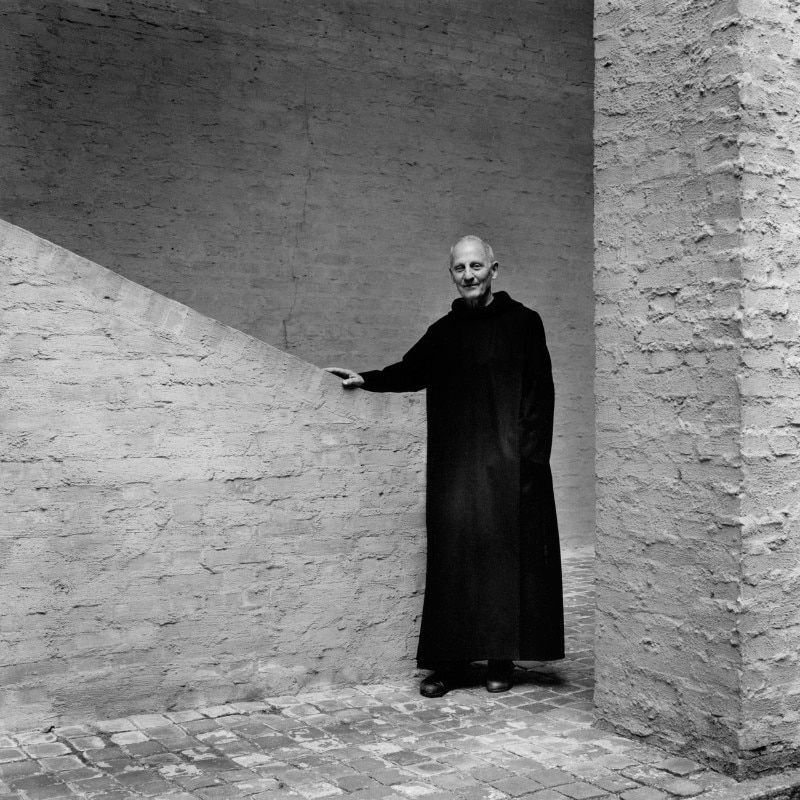The exhibition “A House for the Mind” – curated by Caroline Voet at deSingel Art Campus in Antwerp – explores the tangible world surrounding the philosophy of the Dutch architect-monk Dom Hans van der Laan (1904-1991). The Flanders Architecture Institute and deSingel are opening up the theories and work of Van der Laan from the past to the future. In addition to four monasteries and one house, the Dutchman Dom Hans van der Laan is famous for his architectural theory.
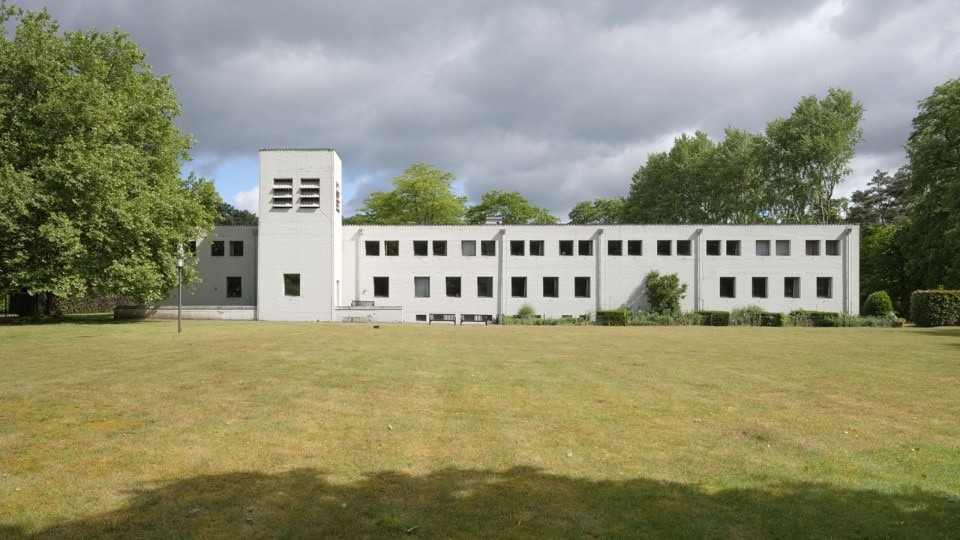
Original models, furniture, sketches, research work and projects by Van der Laan’s former students offer a sense of his production and influence. In addition, the Roosenberg Abbey is a satellite reference for the exhibition. Built in the 1970s, this convent was the practical application of Van der Laan’s masterwork De Architectonische Ruimte (Architectonic Space). Roosenberg is also an example of how Van der Laan’s architecture, whose original context was religious, can perfectly well be used for other purposes. The abbey was originally built for twelve nuns and twenty-five guests.
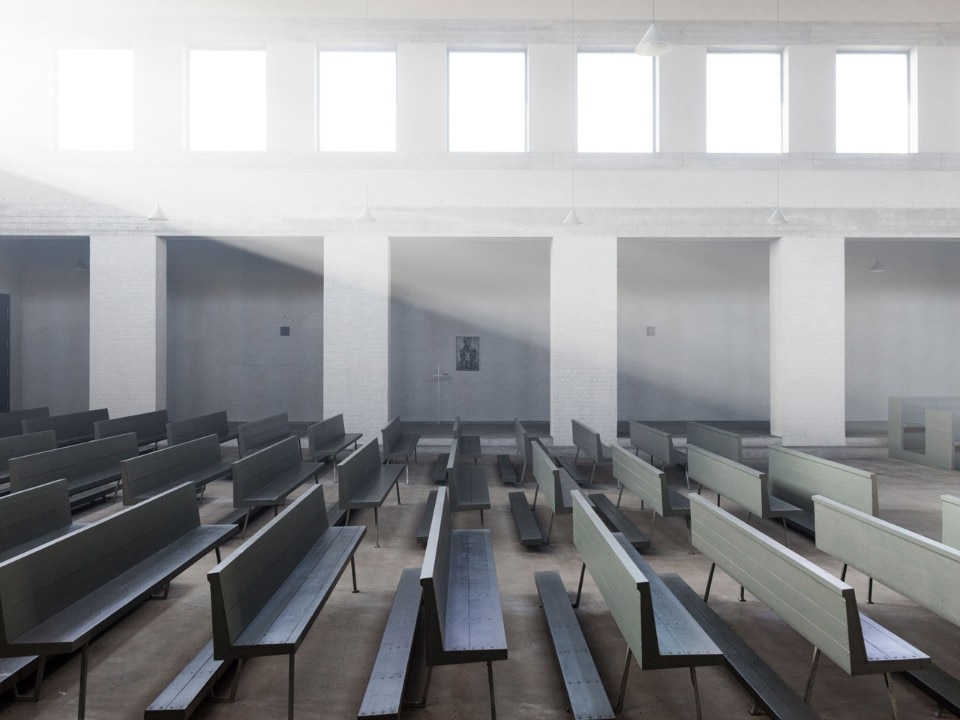
The complex was designed for contemplation, stillness or even intense encounter; it transcends the idea of functionality and can be used in various ways. “Today the abbey has been transformed into an international study centre and residence attached to KULeuven, the best possible proof that Van der Laan’s architecture is multifunctional”, explains curator Caroline Voet.
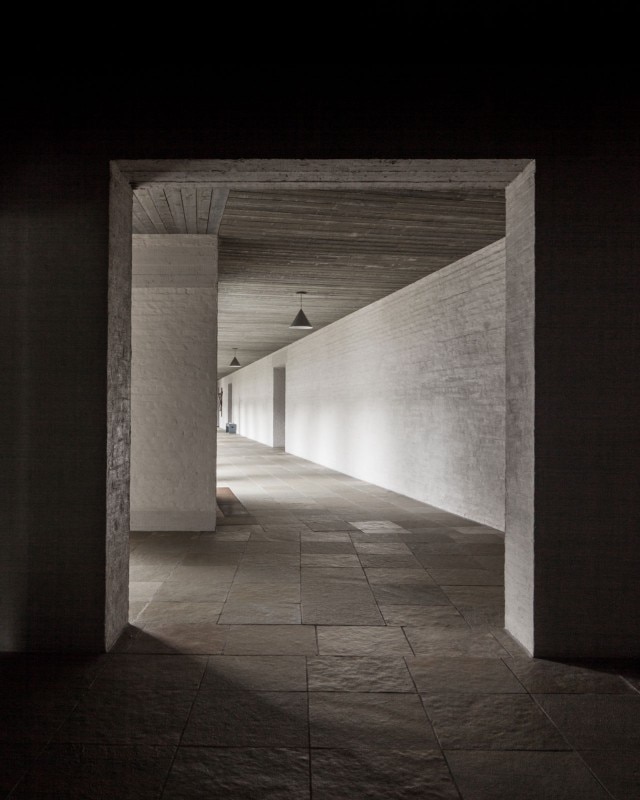
Dom Hans Van der Laan wrote a number of treatises during his career. Architectonic Space is by far the best known and is still used as a reference by architects today. From a very early age (in the 1920s) Van der Laan was searching for a foundation for architecture, a sort of basis from which the architect could design, regardless of any zeitgeist. Which implied, among other things, that he distanced himself from new developments in building technique, such as the new possibilities offered by concrete, glass and steel that modernists from the interwar years prized so much.
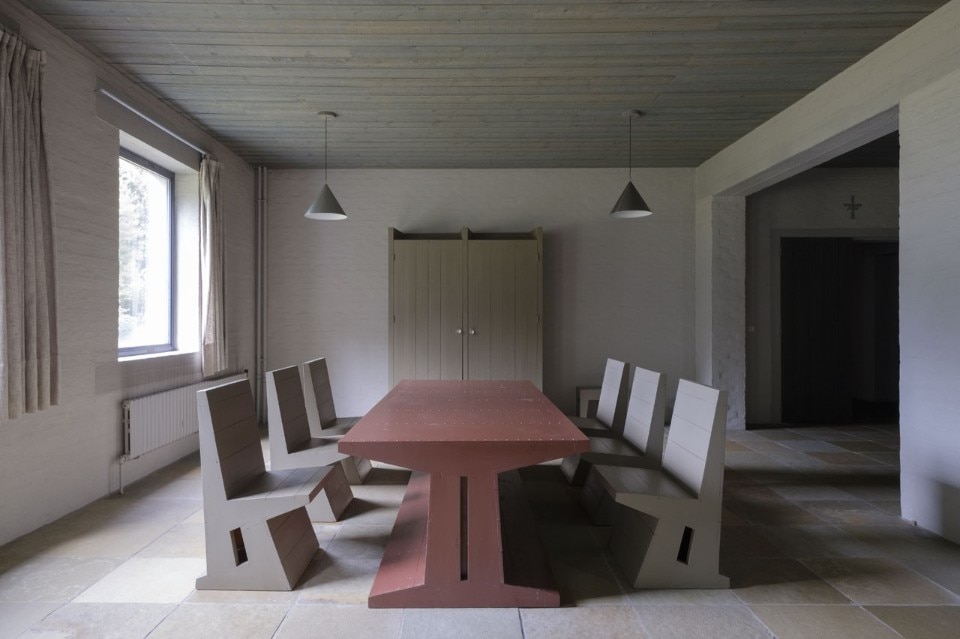
Perhaps the main difference between Van der Laan and his contemporaries was his approach to the concept of ‘scale’. Where the modernists saw big and thought in urban terms, Van der Laan worked on human architecture. An architecture that is more horizontal than vertical, with thick brickwork, classical rows of columns, dynamic open perspectives and an emphatic rhythm. It was no coincidence that his biographer Richard Padovan called him a “modern primitive”.
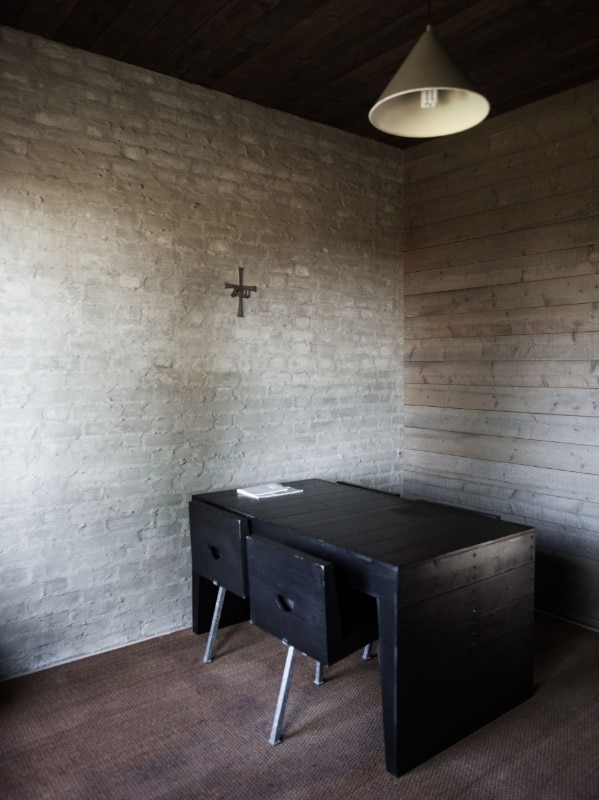
In addition to his strict idea of proportion, Van der Laan also believed in creating a certain atmosphere. “Van der Laan’s work is best described as sensory architecture, where experience is central,” explains Voet. For this reason, the exhibition makes room for three artists whose art refers to the tactile nature of his work. The German photographer Friederike Von Rauch exhibits a series of photos that she made while staying in Roosenberg Abbey. Ingel Vaikla, a film-maker from Estonia, displays a moving portrait of the nuns during their final days in Roosenberg. And Esther Venrooy, a Dutch sound artist, developed a soundscape representing life in the abbey.
- Exhibition:
- Dom Hans van der Laan. A House for the Mind
- Curator:
- Caroline Voet
- Duration:
- from 13 October 2017 to 14 January 2018
- Venue:
- deSingel International Arts Campus
- Address:
- Desguinlei 25, Antwerp


